Third-party add-on developer Drzewiecki Design just released its rendition of Tokyo Narita International Airport (RJAA) for Microsoft Flight Simulator.
Narita is pretty much known as the gateway to Japan, being the busiest airport in the country by international traffic. While most domestic flights are handled at the nearby Haneda, there are some departing and arriving from Narita as well.
It’s also an extremely relevant cargo hub, resulting in a great base for simmers who love airliners of all kinds, leaning toward medium to long haul.
If you’d like to see what the airport looks like in detail in Microsoft Flight Simulator, you can check out the in-depth flyover video below, showing every angle, weather, and lighting condition. On the other hand, the second video showcases an ILS Z approach to runway 34R.
The airport is available on Orbx Central and other stores for approximately $25. We reviewed the version from Orbx, which can be installed painlessly via the publisher’s client.
The orthographic map that serves as the base for the airport is detailed and blends nicely with the surroundings, but what makes it even better is the elevation modeling. Especially the tunnels under the taxiways (which many developers simply get wrong or omit completely) are quite fetching and look rather natural.
Runways, aprons, and taxiways are accurately textured, with all the markings I could verify correctly reproduced in the right place. Perhaps the tarmac is a bit too clean in some areas and there is a small tendency to overuse bump mapping on surfaces that should be flat.
A good job has been done in reproducing the patchwork of different colors where the surfaces have been repaved over the years.
The taxiways are correctly implemented true to the charts, which is great considering that Narita is a massive and complex airport. ATC will make the correct calls when providing guidance to gates and runways.
The ILS localizers on runway 34L and R34R are slightly offset to the right, but not enough to make landings overly challenging. That being said, the issue’s root is in the base simulator and wasn’t introduced by the add-on. I landed at the airport multiple times without Drzewiecki Design’s scenery, and the ILS’ position is exactly the same.
On the other hand, all PAPI light arrays are correctly implemented and helpful for those smooth final approaches.
The terminals are beautifully-modeled and textured, with generous use of physically-based textures, hyper-detailed custom jetways, and reasonably-detailed interiors pretty much across the board. I have been to Narita many times, and it definitely feels very familiar thanks to the developers’ precise reproduction of its features.
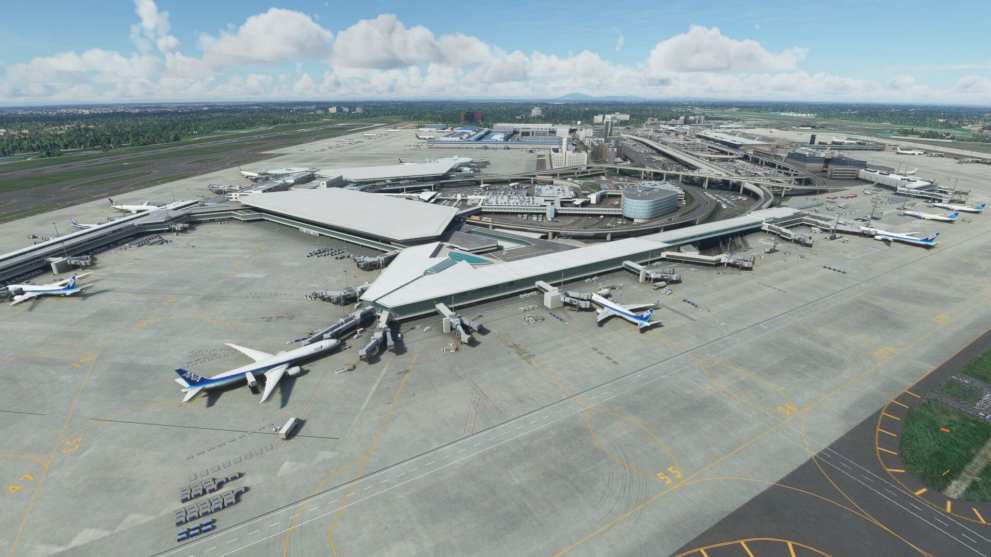
Considering that I haven’t been able to fly to Japan for about a year due to the pandemic, I have to admit that I got sentimental while exploring this beautiful reproduction of the airport where I usually land when I visit.
The towers also received the same level of attention and even more detailed interiors, which is still rare nowadays in Microsoft Flight Simulator.
The folks at Drzewiecki Design definitely went out of their way to model landmarks beyond the perimeter of the airport, including many of the iconic hotels that surround it, the area of the Museum of Aeronautical Science with its NAMC YS-11 turboprop, the nearby Buddhist Peace Temple, a small Shinto Shrine near the threshold of runway 34R, the greenhouses and sheds of the farmers that refused to leave when the airport was built, and many, many more details.
This is one of these airport add-ons that have been built with love and created with extreme attention to detail that invites you to explore every nook and cranny. I’ve been to Narita over 50 times, and I still found things I wasn’t aware of. The research effort that must have gone into making this add-on is nothing short of impressive.
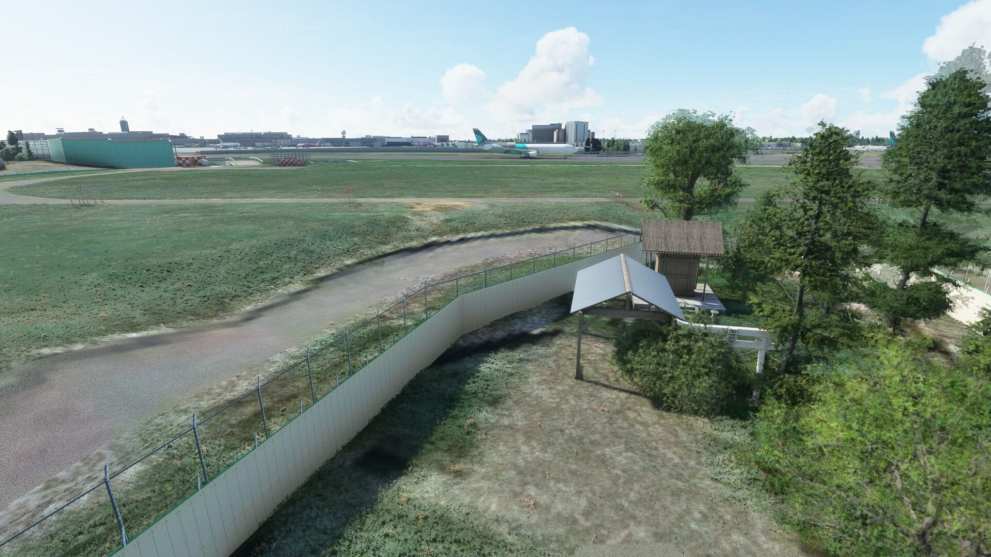
Many developers fall into the trap of simply following Google Maps as their primary source, but Drzewiecki Design certainly didn’t stop there. For instance, they correctly reproduced the parking apron that has recently been built over the stump of the aborted construction of runway C.
I know that not everyone loves static aircraft, and I’m personally conflicted about them in general, but this add-on has the best I’ve seen yet. They’re nicely detailed, feature a variety of accurate liveries enriched by generous use of PBR, and many have been enlivened by loaders, stairs, and other equipment that makes the scene feel lively.
Looking at this airport, I have the feeling that the developers simply created some of its parts in gorgeous detail simply because they could, without a real practical reason.
Not many would go out of the way to fully reproduce the interior of a maintenance hangar at the edge of a cargo apron with aircraft being serviced and plenty of equipment. I wonder why Drzewiecki Design did it, and I can only conclude that they simply wanted to have fun creating a nice scene aviation lovers would enjoy regardless of its practical utility or prominence. Honestly, this is fantastic.
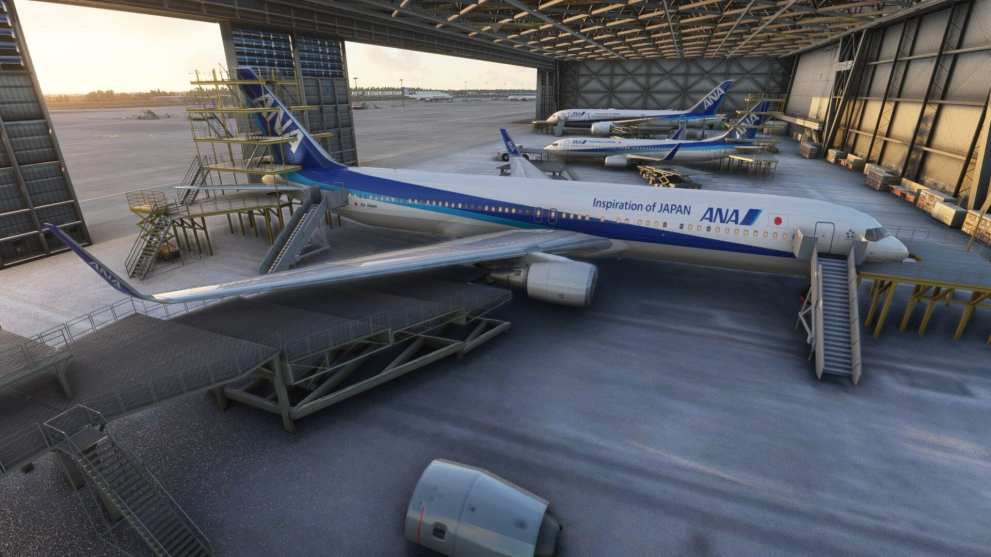
The night lighting is top-notch, with floodlights perfectly illuminating all the aprons, while taxiway and runway lights are great across the board.
Narita looks great in the rain, with the textures holding the wet effect with no issues (including glass windows, which is rare). On the other hand, the snow coverage can be a bit spotty, with some materials on the ground on which the snow sticks, and some on which it does not.
Most ground services are present and functional, but two are missing: you can’t call a fuel truck or stairs (which are useful at some of the gates of Terminal 3 that have no jetways). As usual, I appreciate that those are mostly cosmetic, but they should still be there.
Considering the extreme level of detail for such a large airport, you’d expect performance to drop considerably, but this isn’t the case. The developers did a great optimization job and on my PC (RTX 3070, Ryzen 9 3900x, 32 GB RAM) I lose only about 5-7 frames-per-second at 1440p resolution and Ultra detail settings compared to the default scenery which is much, much simpler (and really, really ugly).


Ultimately, it’s extremely difficult to find things not to like in Drzewiecki Design’s Tokyo Narita scenery, and the flaws are really minimal compared to the absolutely fantastic work done by the developers on pretty much everything else.
If you love flying to Japan, it’s extremely easy to recommend this airport. The improvement over the Microsoft Flight Simulator’s default scenery is massive, the attention to detail is astonishing, and it’s simply a joy to explore it all.
- Up to date runways, aprons, and taxiways with correct markings.
- Extreme level of detail. You'll spend a long time exploring every nook and cranny.
- Great rendition of the terminals and towers with modeled interior.
- The best static aircraft in the industry, by far.
- A few additional landmark buildings around the airport add to the flavor of the scenery.
- Excellent orthographic texture and ground elevation modeling.
- Ground services partially inoperative.
- Tarmac perhaps slightly too clean and excessive bump mapping in some places.

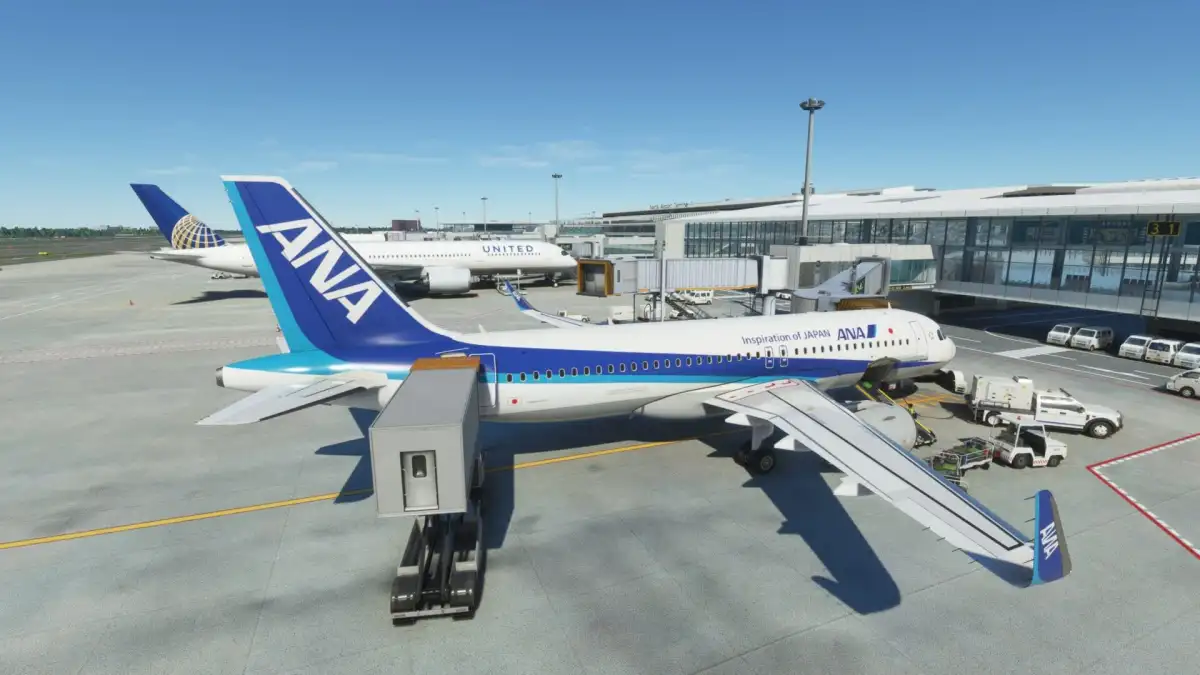

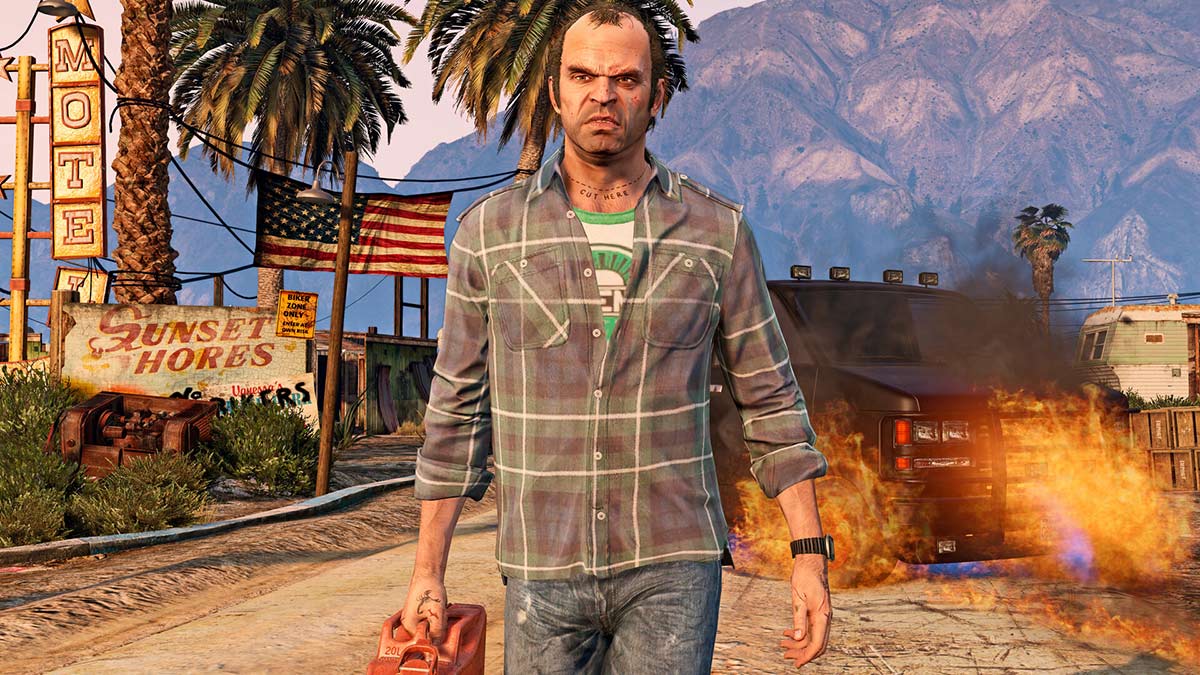
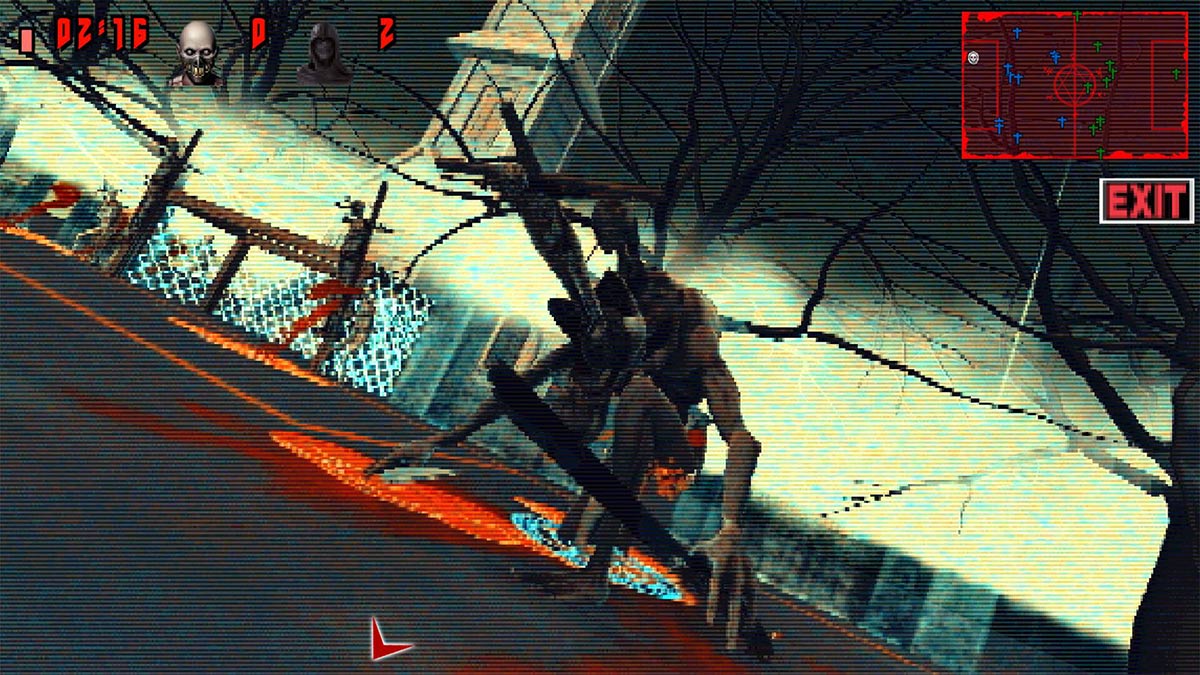








Updated: Apr 2, 2021 02:34 pm